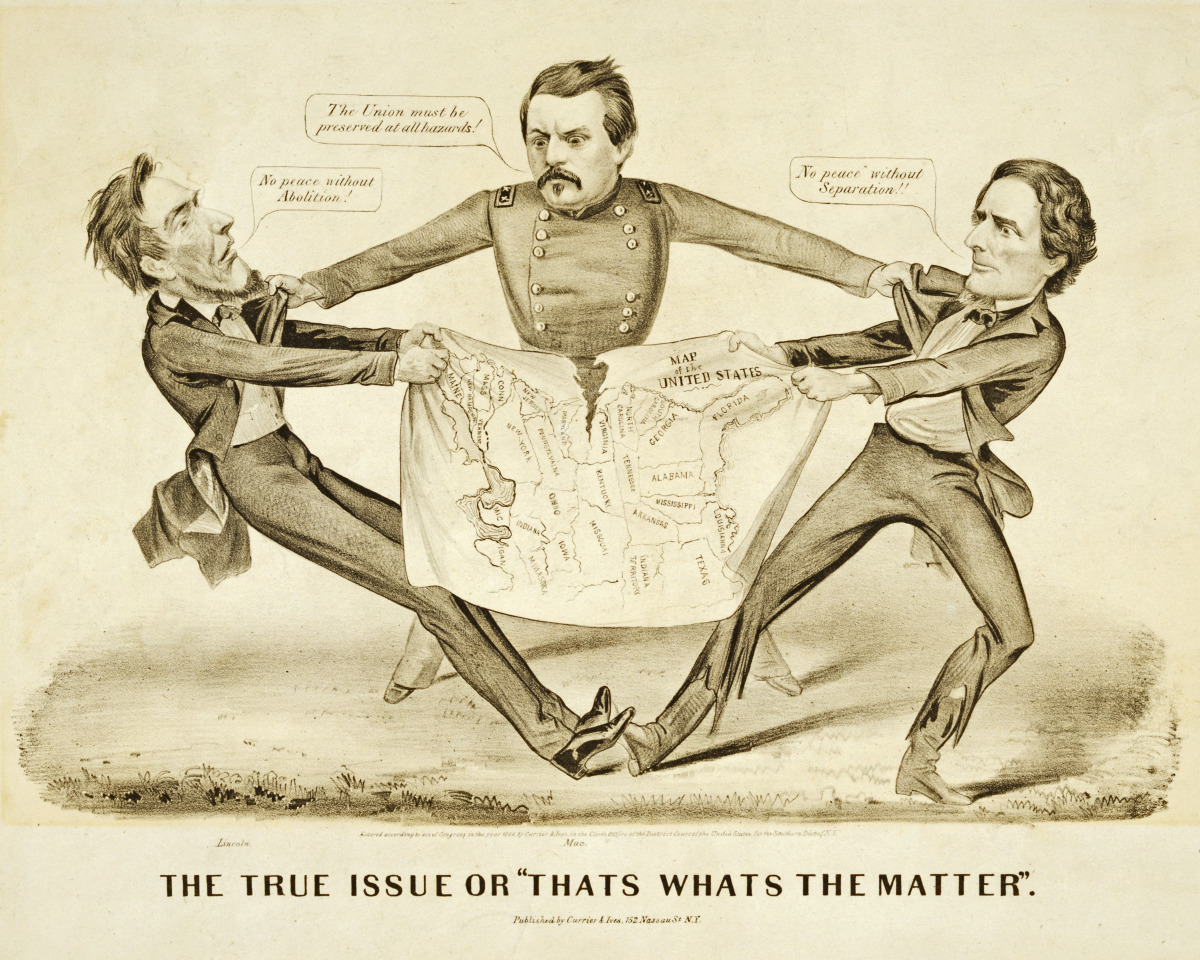
Sectionalism: Northern vs. Southern Regional Divisions and the Formation of the Confederate States of America
Introduction:
Sectionalism refers to the strong division and loyalty to one's own region rather than to the whole country. In the United States, sectionalism played a significant role in shaping the nation's history, particularly during the mid-19th century. The divide between the Northern and Southern regions escalated to a point where 11 Southern states attempted to secede from the Union and form the Confederate States of America. This period, known as the American Civil War (1861-1865), was a pivotal moment in American history, shaping the future of the nation and leaving a lasting impact on its politics, society, and economy.
I. Roots of Sectionalism:
-
Economic Differences: The North and South had contrasting economic systems. The North was industrialized, with a growing urban population, and relied heavily on manufacturing and trade. The South, on the other hand, was predominantly agrarian, with a reliance on plantation agriculture, particularly cotton, and a large enslaved labor force.
-
Slavery Debate: Slavery was a highly contentious issue. The North had largely abolished slavery by the mid-19th century, viewing it as morally wrong and incompatible with their vision of progress. In contrast, the Southern economy and society heavily depended on the institution of slavery, leading to strong support for its preservation.
-
Political Power Struggles: The issue of slavery and its expansion into new territories sparked fierce debates in Congress. Both regions sought to gain political influence to protect their interests, leading to battles over the balance of power between free and slave states.
II. Escalation of Tensions:
-
Missouri Compromise (1820): To maintain the balance between free and slave states, the Missouri Compromise was enacted, admitting Missouri as a slave state and Maine as a free state. It also prohibited slavery in the northern portion of the Louisiana Territory.
-
Nullification Crisis (1832): Tensions rose as South Carolina attempted to nullify federal tariffs it deemed harmful to its economy. The crisis was eventually resolved, but it highlighted the growing divide between federal and state powers.
-
Compromise of 1850: This legislative package aimed to ease sectional tensions by admitting California as a free state and introducing the concept of popular sovereignty in other territories. However, it only temporarily calmed the tensions.
-
Kansas-Nebraska Act (1854): The act repealed the Missouri Compromise, allowing settlers in Kansas and Nebraska to decide on slavery through popular sovereignty. This led to violent clashes between pro-slavery and anti-slavery factions, further deepening the divide.
III. Secession and the Confederate States of America:
-
Election of Abraham Lincoln (1860): Lincoln's victory as a Republican candidate, who opposed the expansion of slavery, heightened Southern fears that their way of life was under threat. Shortly after his election, South Carolina became the first state to secede on December 20, 1860.
-
Formation of the Confederacy: By February 1861, six more states seceded: Mississippi, Florida, Alabama, Georgia, Louisiana, and Texas. These states formed the Confederate States of America, with Jefferson Davis as their president.
-
Fort Sumter and the Civil War: The standoff between Union forces at Fort Sumter in South Carolina and the newly formed Confederacy resulted in the outbreak of the American Civil War on April 12, 1861.
IV. Legacy and Impact:
-
The Civil War: The war resulted in a devastating loss of life and destruction on both sides. The Union victory led to the preservation of the United States and the abolition of slavery through the 13th Amendment (1865).
-
Reconstruction Era: After the war, the nation faced the challenging task of rebuilding and integrating the Southern states back into the Union. Reconstruction efforts attempted to address issues of racial equality and civil rights for newly freed African Americans.
-
Long-lasting Resentment: The effects of sectionalism lingered long after the war, leaving lasting divisions between the North and South. Political, social, and economic disparities persisted and contributed to tensions well into the 20th century.
Conclusion:
Sectionalism was a critical factor in the lead-up to the American Civil War, as Northern and Southern regional divisions over issues like slavery and economics tore the nation apart. The secession of 11 Southern states and the formation of the Confederate States of America marked a turning point in American history. The war that followed and its aftermath shaped the future of the United States, leaving a profound impact on the nation's identity and its journey towards unity and progress.


